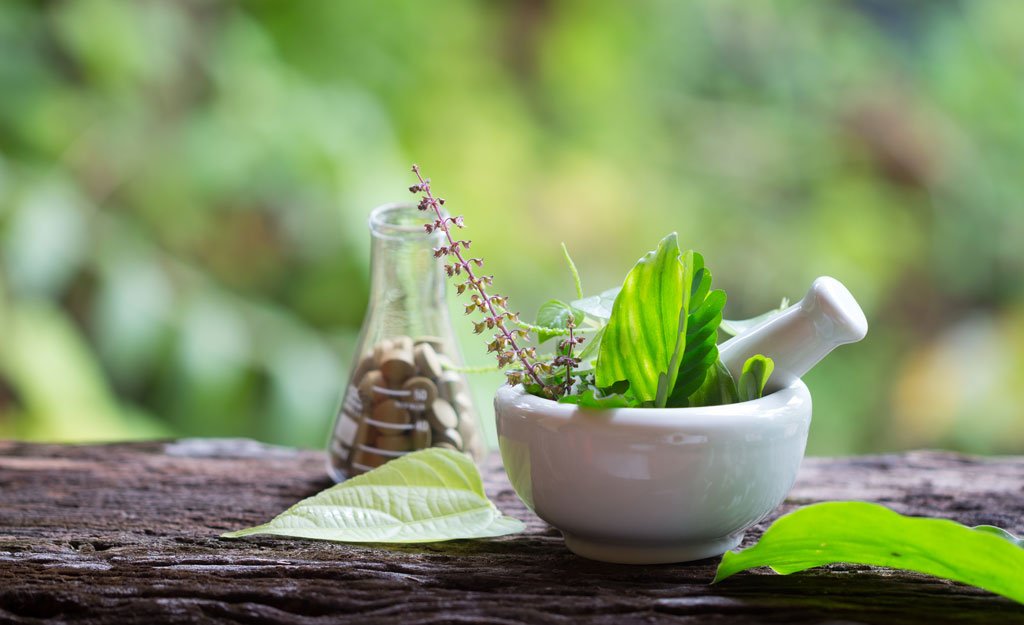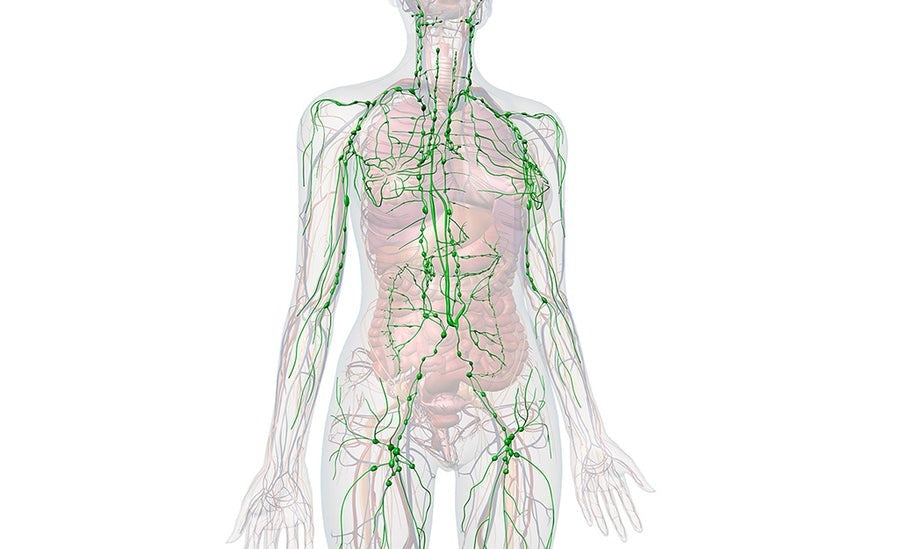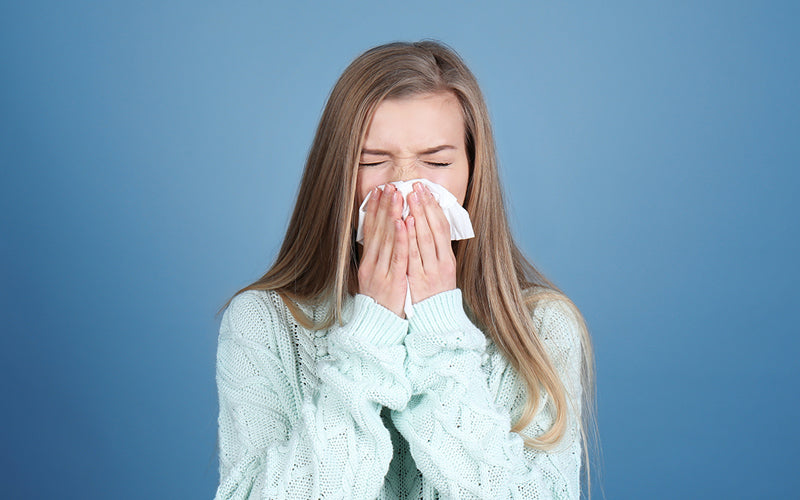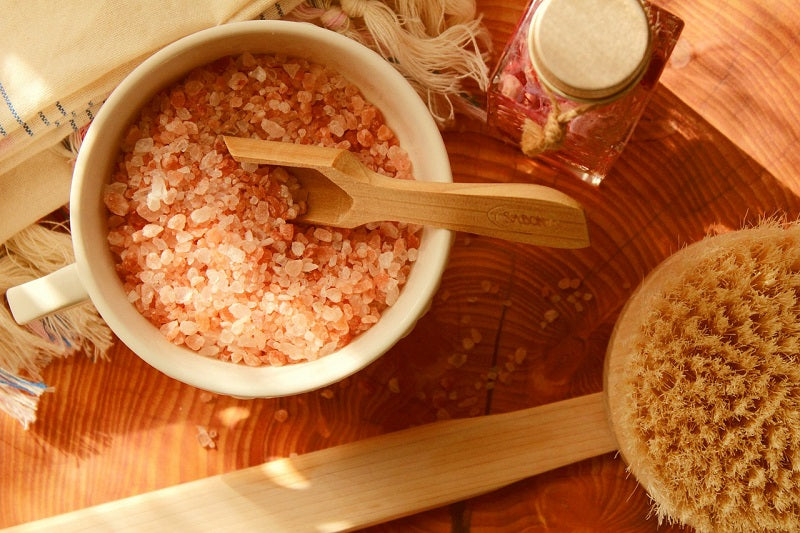Natural Pain Relief Tips
Do you want natural pain relief?
Look around you and you’ll be surprised at the wealth of resources surrounding us that can provide pain relief the natural way. Check out our top recommendations below.
Turmeric
Curcumin is the most active and powerful substance in turmeric. Curcumin, which has powerful antioxidant properties, can reduce inflammation and neutralize free radicals on its own. It also helps stimulate the body's own production of antioxidant enzymes.
Dosage: 45 ml of Happy Turmeric per day for inflammation. 10-15 ml per day as a maintenance dose.
Arnica
Arnica is a well-known natural painkiller (often used by athletes) and an excellent homeopathic remedy. Used topically or taken internally, arnica is great for bruising, acute injury, or even post-surgery. It is derived from a European flower and has excellent anti-inflammatory properties.
Dosage: For topical use, apply as a cream or gel a few times a day. (Do not use on open wounds.) As a homeopathic remedy, look for pure arnica – 30X is good a few times a day ( 30 minutes apart from any food intake).
Boswellia
This herb is sourced from the frankincense tree. Its resin is used to alter chemical reactions that cause pain and inflammation. Some research shows that boswellic acid can prevent the formation of leukotrienes in the body. Leukotrienes are molecules that have been identified as a cause of inflammation.
Dosage: 300-500 milligrams, 1-2 per day.
Birch Leaf (Betula Lenta)
The leaves from the Birch tree act much like cortisone, a prescription drug used to treat endocrine disorders, arthritis, lupus, skin disease, autoimmune disorders, and more. A main chemical compound found in Birch leaves is methyl salicylate, which is similar to salicylic acid used in aspirin. It is antispasmodic, analgesic, astringent, antifungal, diuretic, and detoxifying. It also reduces oxidative damage to the skin (stopping wrinkles), enhances circulation, and promotes enzymatic secretions in the body.
Dosage: Drink as a tea – ideally a few cups a day.
Devil’s Claw (Harpagophytum procumbens)
This ominous-sounding herb is actually great for treating numerous health conditions – among them are liver problems and reflux. It also has anti-inflammatory effects and can reduce pain from arthritis, headaches, and cramping.
Dosage: Take an extract that provides 50 to 100 milligrams of DC daily for as long as your pain lasts.
White Willow Bark (Salix alba)
The active ingredient in white willow is salicin, which the body converts into salicylic acid. WWB lowers the body’s levels of prostaglandins, which are hormone compounds that can cause aches, pain, and inflammation. It provides great relief from menstrual cramps, muscle pains, arthritis, or post-surgery as it promotes blood flow and reduces swelling.
Dosage: 240 milligrams per day.
Bone Broths
Bone broths contain minerals in forms that your body can easily absorb: calcium, magnesium, phosphorus, silicon, sulfur, and others. They also contain chondroitin sulfate and glucosamine, compounds found in some supplements that help reduce inflammation, arthritis and joint pain.
Dosage: 1-3 cups per day. (Veggie broths can be excellent as well.)
Apple Cider Vinegar
ACV is great for heartburn, indigestion, and bloating. It also helps with the secretion of natural digestive enzymes and makes your stomach acids more alkaline.
Dosage: Take 2-3 tablespoons daily before meals.
Magnesium
Clinical experience, as well as research in nerve pain conditions, has shown that magnesium can be an effective treatment for pain. Studies have proven that magnesium decreases nerve pain. Magnesium citrate, magnesium oxide, and magnesium chelate are all good forms to use. You can use magnesium as a spray, cream, oil or as an oral supplement.
Dosage: Up to 1000 mg per day.
Fish Oils
Specifically high omega-3 fish oil works by blocking the inflammatory responses in the body. The omega-3 also helps to boost circulation which helps to reduce inflammation.
Dosage: 2000 mg per day
More natural pain relief options you can explore
Yoga
Yoga is a simple tool that can be performed by even ladies in pain. It is gentle and only needs to be performed to your comfort level. Moving the body is critical to encourage circulation and the lymph system. We often find ladies with pain levels restricting their activity which only makes matters worse. You must move your body and yoga is a simple tool you can use.
Acupuncture
Acupuncture is becoming more popular for use in the day-to-day management of pain. It originated in China over 3000 years ago and is practised worldwide. Fine needles are inserted into body locations known as acupoints. Acupuncturists place tiny, thin needles into your skin, particularly on ‘meridian maps of the body’. The location of the insertion is related to the source of the pain. Based on the ‘qi’, a needle may actually be inserted far from the part of the body experiencing pain.
Dietary Changes
It’s best to avoid, sugar, gluten, dairy, and red meat when managing pain. Also increase your intake of green, leafy and brassica veggies (kale, cabbage, broccoli. radish, brussels sprouts are all excellent choices). Add healthy vegetarian fats, flax seeds, hemp seeds, olives (and oil). Nuts, seeds, and coconut products are also great fats. Increase intake of fresh coriander, parsley, and basil which are all full of detoxing properties. Add fresh ginger and turmeric which have good anti-inflammatory properties, as well as fermented foods that are full of natural probiotics.
Our 8-Week Happy Hormones Program is an easy diet plan to follow and continue for the long-term.
Epsom Salts
Epson salts are a great source of magnesium which helps provide external muscular relaxation. Add a few cups to your bath and include essential oils for extra relaxation and added benefits.
Essential Oils
There are many to choose from: lavender, camphor (in topical heat balms), chamomile and more. You can often find beautiful blends that can be used topically or in diffusers.
Meditation
Start with a few minutes and gradually lengthen to half an hour. You will find yourself refreshed and reinvigorated, with less pain overall. Lowering stress can also decrease inflammation.
Laughter
Laugh more often. Studies have shown that laughter actually increases pain tolerance. Surround yourself with people who make you happy.
Sleep
Getting enough sleep is critical to managing pain and promoting healing within the body. When you sleep is when the body does the most repair
Hydration
Drink lots of fluids to promote the transport of nutrients and increase their mobility throughout your body. Stay well hydrated at all times for optimum pain relief.
Summary
Pain can come from many sources however the more you implement simple strategies in terms of diet, lifestyle and natural medicines then your overall inflammation levels reduce, hence reducing pain.
REFERENCES
Siddiqui, M.Z. Boswellia Serrata, A Potential Antiinflammatory Agent: An Overview. Indian Journal of Pharmaceutical Sciences. 2011 May-Jun; 73(3): 255–261.
https://www.ncbi.nlm.nih.gov/pmc/articles/PMC3309643/
Thomas, S., Browne, H., Mobasheri, A. and Rayman, M.P. What is the evidence for a role for diet and nutrition in osteoarthritis? Rheumatology (Oxford). 2018 May; 57(Suppl 4): iv61–iv74.
https://www.ncbi.nlm.nih.gov/pmc/articles/PMC5905611/
Harvard Health Publishing. Can diet heal chronic pain? Harvard Men's Health Watch. 2018 July.
https://www.health.harvard.edu/pain/can-diet-heal-chronic-pain























